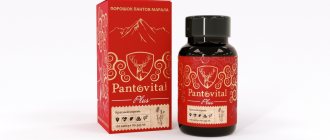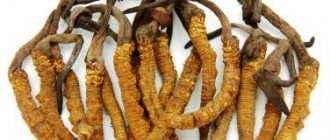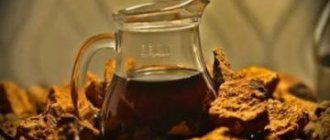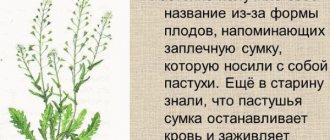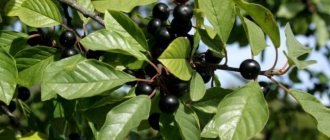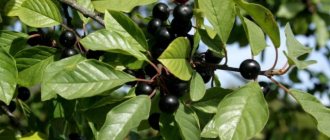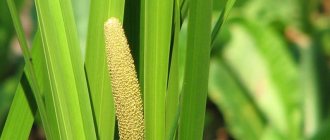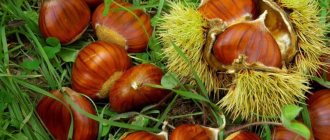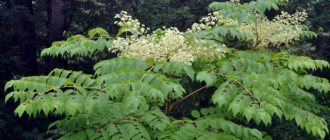Oak bark is officially included in the list of medicinal products as an effective antiseptic and astringent. Most often, a decoction of the bark is used to relieve diarrhea. However, this is not the only pathology in which oak raw materials will be beneficial. The healing power of this mighty tree will help cope with gynecological diseases, improve the health of the male body, relieve dental problems, and improve digestion. And this is not the entire list of pathologies for which oak bark helps.
The benefits of oak bark for health and beauty
Oak is a symbol of strength and survival. Oak trees have been used for ceremonies, food, medicine and construction since humans began. In many traditions, the oak is revered as a sacred tree.
Oak trees have been used for thousands of years as medicine and food. And today we will talk about oak bark: what it helps with, what diseases it helps with.
Main medicinal properties of oak bark
Traditional uses of oak bark in herbal medicine include:
- Treatment of diarrhea.
Oak has traditionally been used to stop diarrhea and other gastrointestinal infections.
- Relief of respiratory diseases.
The anti-inflammatory properties of the tree relieve irritation and swelling due to sore throat. Oak has a long history of use for respiratory conditions such as coughs and bronchitis.
- Relief of hemorrhoids.
Oak bark also has a hemostatic and anti-inflammatory effect; it can stop bleeding, disinfect and reduce inflammation.
- Relieves skin inflammation.
Due to its astringent, antiseptic properties, the bark is effective in treating eczema, acne and itchy skin, and also helps heal mouth ulcers, burns, cuts and scraps.
How it works
Oak bark has many medicinal properties that make it effective in treating diseases. Oan has antidiarrheal, astringent, antimicrobial and anti-inflammatory effects. Traditionally, oak bark extract has been used to treat a number of ailments.
- Oak bark consists of 15-20% tannins, which have not only astringent, but also antioxidant properties. They can inhibit the growth of fungi, bacteria and viruses.
- Tannins can also stop bleeding by speeding up blood clotting, as well as lower blood pressure and cholesterol levels.
Antiseptic and astringent properties can also be found in trees such as acacia and aspen .
Benefits for hair
There is more than one recipe for beauty and health in which oak bark is the main component. The simplest use of this product is to use the decoction to rinse your hair every time after washing your hair.
In this simple way, you can not only strengthen the hair follicles, but also add fullness to your hair, simultaneously giving it a pleasant dark shade. At the same time, eliminate dandruff. Hair coloring will be more successful if, in addition to the main ingredient, you add ground coffee beans to the broth.
For gums
You can eliminate various problems in the oral cavity without going to the dentist. A decoction of oak bark helps relieve gums from bleeding and strengthen them. To do this, you can use the following treatment option.
You need to buy at the pharmacy or prepare yourself two ingredients to prepare the medicine:
- oak bark - 2 tbsp. l.;
- linden color - 1 tbsp. l.
Mix it all. Separate one tablespoon of herb from the resulting mixture, pour a cup of boiling water over it and boil for several minutes. Strain the solution while still hot, then cool. Rinse your mouth with the decoction every two hours throughout the day.
What else can be treated with oak bark
It is one of nature's most powerful astringents . Oak bark: what does it help with, what other diseases can it be used for?
- For chronic diarrhea, dysentery and mucous discharge, and for excessive catarrh of the stomach or lungs.
- It also helps with gastritis and peptic ulcers of the stomach and duodenum, but should be avoided with neuroses of the stomach and intestines.
- The infusion is useful for all types of internal and external bleeding, such as ulceration of the bladder or stomach, tuberculosis or inflammation of the liver.
- As a rinse to stop bleeding gums and sore throat, with tonsillitis, laryngitis and pharyngitis.
- Externally it can be used as a sitz bath or enema for hemorrhoids and colon prolapse, and also as a douching liquid for leucorrhoea.
- Oak bark is used internally and externally at the same time. This is a useful remedy for varicose veins.
- Can also be used externally for burns, frostbite, skin irritations, weeping eczema, contact dermatitis and insect bites, sweaty feet and putrefactive wounds and ulcers.
- A decoction of oak bark and acorns with milk is considered an antidote and the best first aid for poisoning, whether from plants, mushrooms or nicotine.
Indications for use
According to the instructions, Oak bark is used for inflammatory diseases of the mucous membrane of the oral cavity, pharynx and pharynx, including the following conditions:
- Stomatitis;
- Tonsillitis;
- Gingivitis;
- Pharyngitis.
The drug is also used to eliminate bad breath.
Indications for the use of Oak bark are the following pathologies:
- Frostbite;
- Bedsores;
- Burns;
- Calluses;
- Infected wounds;
- Haemorrhoids;
- Hyperhidrosis of the feet.
Oak bark: instructions for use
Oak trees have been used for thousands of years as medicine and food.
Many Native American groups used oak to treat bleeding, tumors, swelling, and dysentery.
European herbalists suggested oak as a diuretic and as an antidote. was treated with snuff made from the crushed root .
The leaves were used to heal wounds.
Tannins provide many of the healing properties of oak. They bind to proteins in tissues, creating a barrier that is resistant to bacterial invasion.
Tannins strengthen tissues and blood vessels. They reduce inflammation and irritation, especially of the skin and mucous membranes. Other useful information awaits you in the collection Why tomatoes are harmful to the body.

